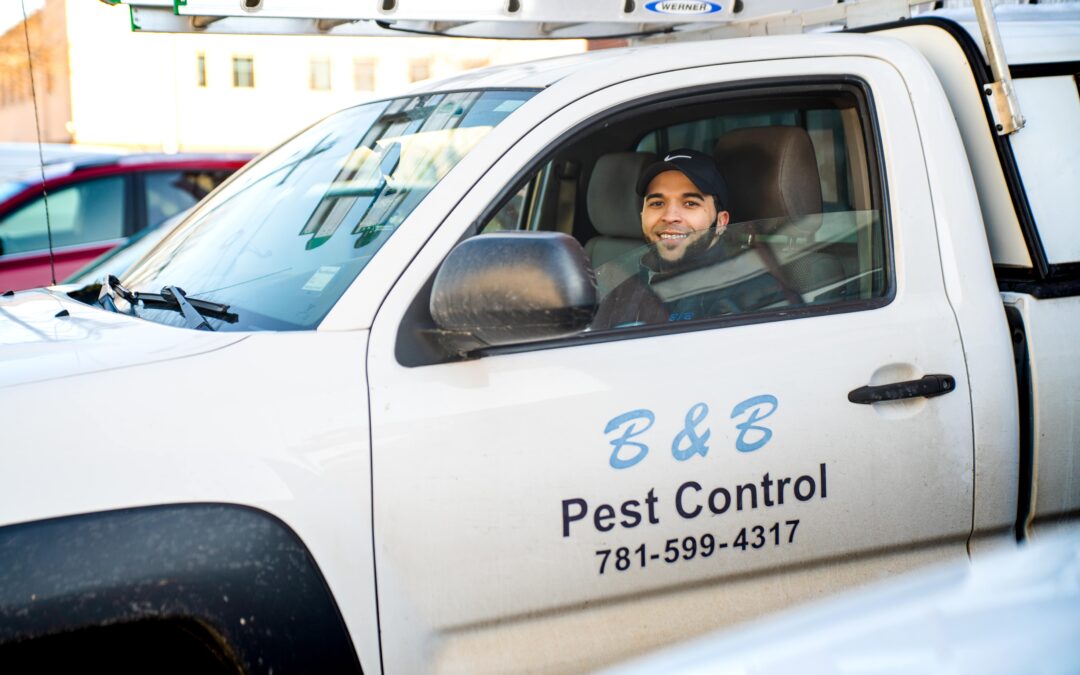The house mouse is a highly successful mammal. It is the primary rodent pest in the US. Despite all the expertise, effort, and money dedicated to controlling house mice, they survive. These extremely adaptable animals are natural survivors, causing problems for homeowners in both commercial and residential accounts. The house mouse thrives, in part, because of the following reasons:
1. Unpredictable Behavior
House mice have unpredictable behavioral patterns depending on various mouse populations and their distinct environments. For instance, mice in some commercial properties avoid dangerous properties like glue traps or might not get into multiple-catch traps.
2. A Determined Explorer
House mice always investigate their environment, collecting important information about the location of hiding places, nesting sites, water, food, and other mice colonies. That way, a house mouse usually finds the best available habitat, increasing its survival chances. The highest level of activity for house mice usually occurs before dawn and after dusk.
3. Small Zones
The average home radius of a house mouse covers about 10 to 30 feet from its nest. However, when ample food resources and good shelter exist, the ranges are even shorter. Or instance, in supermarkets and food warehouses, a mouse might not even leave the pallet it is nesting in such cases.
4. Need Little or No Water
Unlike most other mammals, house mice have a kidney system that is similar to that of desert rats. Therefore, they can conserve or produce their water when water is unavailable or scarce, increasing their survival chances.
5. Adaptable Feeders
House Mice are opportunists and can feed on a wide variety of foods found inside your home. If one type of food disappears, the mouse will swiftly switch to the next available option.
6. High Rate of Reproduction
In places where food is accessible, a house mouse can produce a large number of offspring within a short period. Provided your home has materials to construct nests, mice can reproduce under seemingly unbearable conditions, such as within frozen meat boxes.
7. Secretive Behavior
Mostly, mice residing in homes are active when the residents are inactive – at night or other hours when human activity is slight. Additionally, when house mice are active, they move quietly and fast. This behavior, combined with their small size, helps them infest your home without getting detected until many mice present.
8. Ability to Live in Different Habitats
House mice are very adaptable to various environmental conditions and can dwell in different areas. They have the second-largest mammal distribution in the world after humans. It inhabits salt marshes, hot, dry deserts, cold tundra, tropical isles, and cold islands. They can infest frozen meat lockers and heating ducts.
House mice are among the most successful mammals on the planet because of their high rate of reproduction and ability to adapt to various habitats. You should have your home regularly inspected for these nuisance rodent pests by a pest control professional to avoid infestation. If your property already has an active infestation, a pest control professional can help eradicate the problem.

